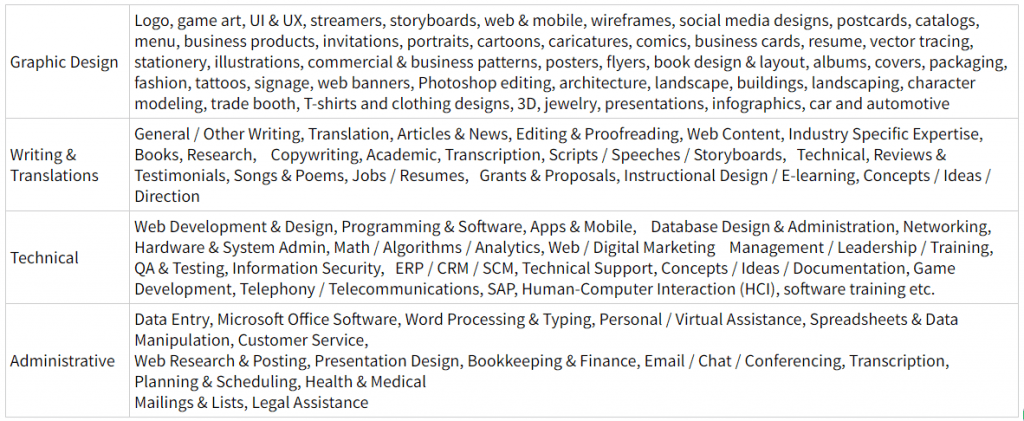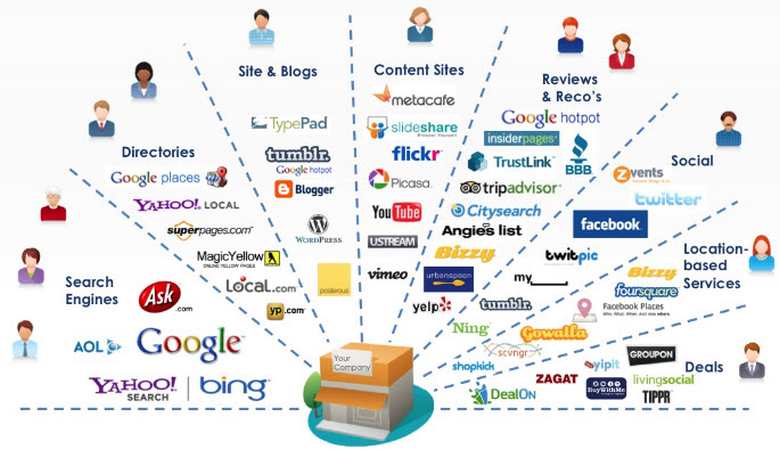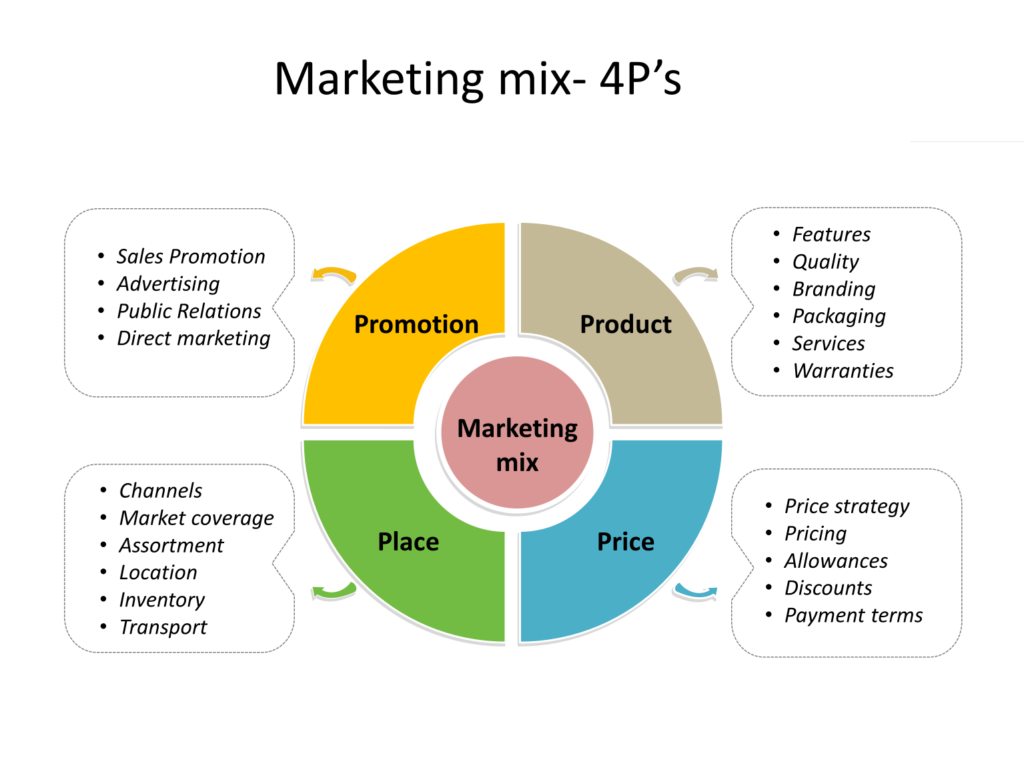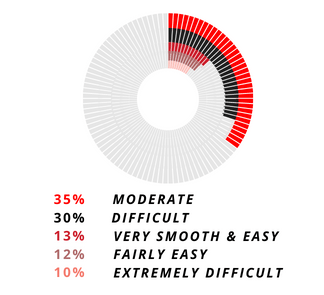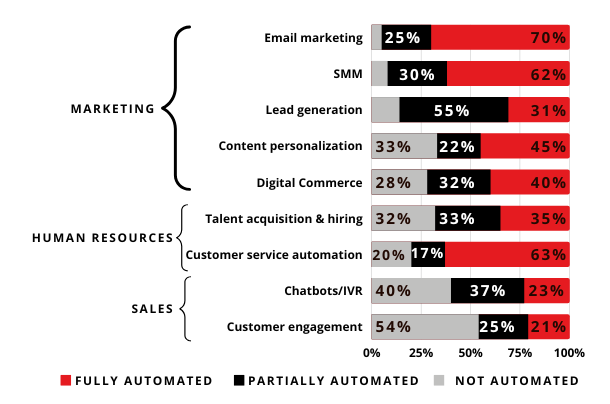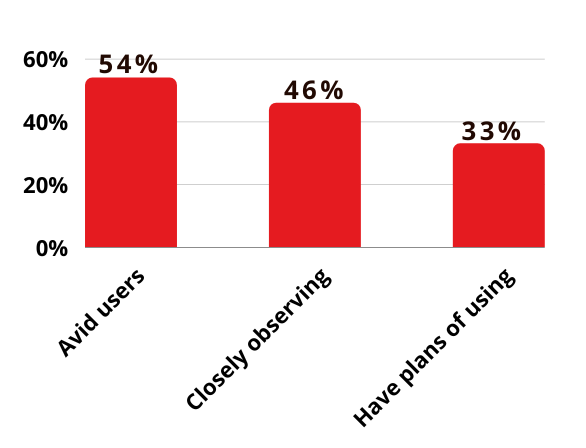the need for a strong online presence has become non-negotiable for businesses and professionals alike. With this paradigm shift, the demand for essential branding elements such as logo design and business cards has seen a remarkable surge. Let’s delve into why these seemingly traditional aspects are now thriving in the online job market.
1. First Impressions Matter: The Power of a Well-Designed Logo
Your logo is often the first visual encounter a potential client or employer has with your brand. In the online job market, where virtual interactions prevail, making a lasting first impression is critical. A professionally designed logo communicates credibility, professionalism, and a sense of identity.
Tip: Invest in a unique and memorable logo that reflects your brand’s personality. Many online platforms and freelance designers offer affordable logo design services tailored to your specifications.
2. Networking Reinvented: The Role of Business Cards in a Digital World
Business cards might seem like relics from the pre-digital age, but they have found a new lease on life in the online job market. Virtual business cards shared through platforms like LinkedIn or as email signatures, have become essential for networking.
Tip: Design a digital business card that aligns with your brand. Include essential information like your name, contact details, and a link to your online portfolio or LinkedIn profile. Many online tools allow you to create digital business cards for free.
3. Freelancing Boom: A Growing Need for Personal Branding
The rise of freelance work has given birth to a new generation of digital entrepreneurs and independent professionals. Establishing a personal brand is crucial for standing out in the crowded online job market. A well-crafted logo and consistent branding across platforms create a cohesive and memorable image.
Tip: Consider your target audience and the message you want to convey when designing your logo and business cards. Consistency in branding builds trust and recognition.
4. Online Platforms Fueling Creativity
Platforms like Fiverr, Upwork, and 99designs have democratized design services, making them accessible to businesses and individuals of all sizes. Entrepreneurs seeking a unique logo or professionals in need of personalized business cards can easily connect with talented designers worldwide.
Tip: Explore different design platforms to find a designer whose style aligns with your vision. Many designers offer affordable packages and quick turnaround times.
5. Remote Work Culture: Adapting to a Virtual Landscape
The remote work culture, accelerated by global events, has intensified the need for digital representation. As face-to-face interactions diminish, a strong online presence, fortified by a well-designed logo and virtual business cards, becomes a valuable asset for professionals seeking opportunities in the virtual job market.
Tip: Optimize your online profiles with your logo and digital business card. Ensure consistency across platforms to enhance recognition and recall.
In conclusion, the surge in demand for logo design and business cards in the online job market reflects the growing importance of personal branding and digital presence. Investing in these foundational elements is no longer a luxury but a strategic necessity for anyone navigating the competitive landscape of the virtual professional world.


